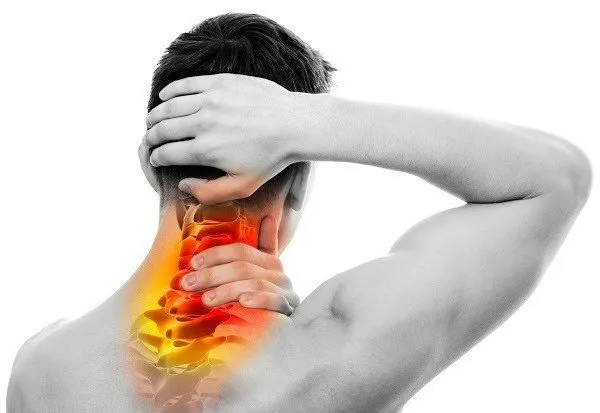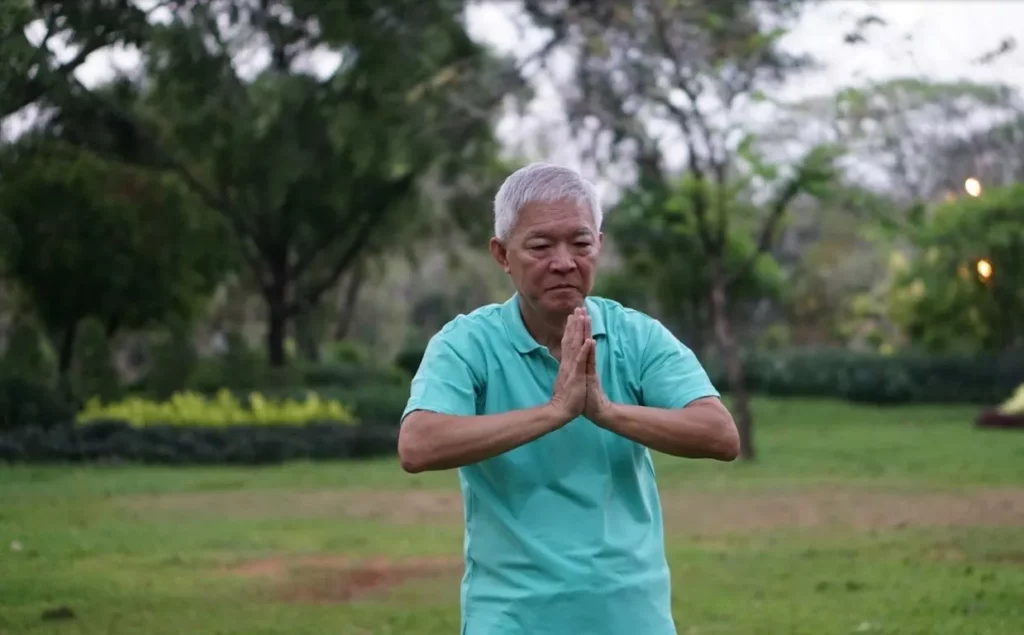Excellence in Rheumatology Care since 1977. Accepting New Patients
May 24, 2021
If you have swollen and painful joints, you could be suffering from bursitis. This condition occurs when bursa sacs become inflamed. These sacs are present in all critical joints and contain lubricating fluid to prevent friction and strain during movement. When bursitis occurs, the bursa sacs fill up with excess fluid, and their walls thicken. These symptoms can affect normal joint mobility and general comfort.
If you are concerned about having bursitis, consider this simple discussion on the fundamental aspects of the condition.
1. Disease Causes
The primary causes of bursa sacs inflammation are sudden trauma, long-term joint stress, and infections. Sudden trauma might occur due to general accidents such as the direct impact on a joint. For instance, if your knee takes a hit, the sacs and surrounding tissues could sustain significant damage. In some cases, the joint will swell and become painful. This form is bursitis is acute and disappears as the injury heals.
High friction and irritation can cause long-term joint stress. The constant movement of a joint during actions like throwing, running, kneeling, and exercising will cause minor trauma to the associated bursa sacs. Also, applied pressure to a joint could cause irritation and subsequent inflammation. For example, leaning on elbows for prolonged periods or wearing unsuitable shoes will damage the joints.
Recurrent stress injuries cause chronic bursitis. In most cases, the level of pain and swelling experienced is lower than the acute type, but the condition is long-lasting. If you ignore the stress and leave it untreated, the risk of complications will increase.
Septic bursitis is when the bursa sacs are inflamed due to an infection. Infections occur due to cuts or bruises, and they affect superficial sacs below the skin. The most common bacterial species linked to septic bursitis is Staphylococcus aureus.
2. Potential Risk Factors
Bursitis affects people involved in repetitive physical activities due to the higher risk of trauma and joint stress. Improper practices such as the lack of a warm-up or the wrong motions when throwing or running will increase the friction and irritation in joints.
Individuals with preexisting rheumatoid diseases will also be at a higher risk of bursitis. This form of inflammation occurs due to the deposition of crystals in bursa sacs. Crystal deposits are a common symptom of gout and pseudo-gout, and they will cause inflammation in the joints.
Septic bursitis is common among people with a compromised immune system. The suppressed immunity prevents proper healing of superficial wounds and limits the physiological ability to fight off common infections. Underlying conditions predisposing people to septic bursitis include diabetes, kidney disease, alcoholism, and steroidal drug use.
3. Treatment Options
If you have bursitis, the treatment approach will depend on the specific cause and condition type. Therefore, consult a rheumatologist for a diagnosis instead of choosing home management of joint pain and inflammation. The diagnosis of bursitis depends on multiple factors such as personal history, medical history, fluid removal, imaging examinations, and blood testing.
If the bursitis is acute, your specialist might propose simple management options such as pain medication, use of ice compresses, and limiting excessive movement. Proper rest will allow natural healing in a healthy person.
Chronic bursitis might require intense management methods. If your joint is swollen and the pain is debilitating, your rheumatologist might prescribe a steroid injection. The medication is delivered directly to the affected area for fast inflammation management. A surgical procedure is used to drain fluid from the compromised bursa or to excise the inflamed sac in certain severe cases.
Septic bursitis is treated using antibiotics with demonstrated activity against the specific bacterial strain causing the infection.
Untreated bursitis will compromise joint health, limit motility, and cause a decline in quality of life. If you suspect that you have this condition, contact us at Sarasota Arthritis Center and make an appointment with one of our experienced rheumatologists.

Arthritis and Stress: 4 Things You Need to Know
Arthritis in its many forms represents a major public health challenge, affecting some 54 million Americans (about 23 percent of the U.S. population) according to the CDC.

Arthritis Pain and Symptom Management
If you suffer from arthritis, you want to know about arthritis pain and symptom management. According to the Centers for Disease Control and Prevention (CDC), arthritis is a group of more than 100 different ailments.

Frequently Asked Questions About Lupus
Joint trouble can stem from many chronic conditions, including lupus. This inflammatory disorder creates a wide range of debilitating symptoms, including joint pain and swelling that resembles rheumatoid arthritis.



We are able to see patients by appointment only. If you need to cancel an appointment, please contact our office at least 24 hours in advance. To expedite the check-in process prior to your appointment, please complete the pre-registration paperwork that will be emailed and texted to you through Phreesia. Please bring your insurance cards, method of payment, and identification with you to every appointment.